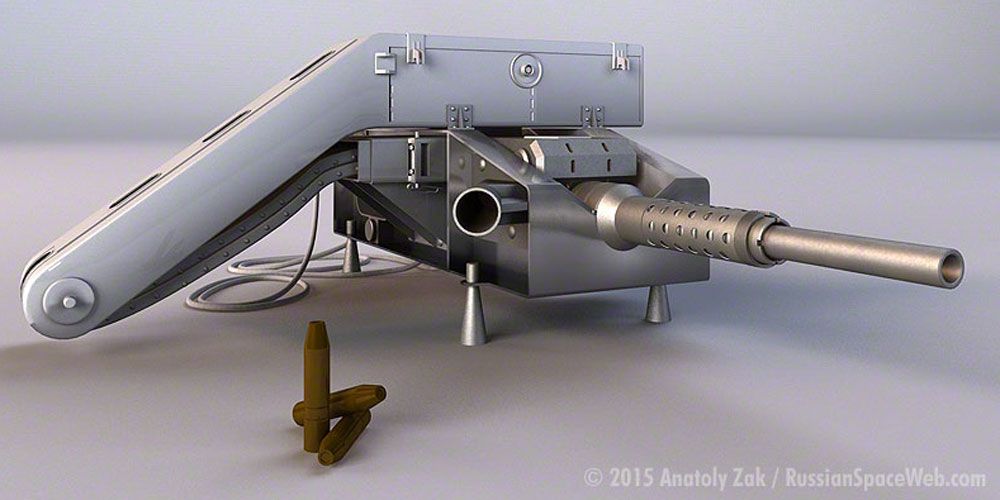

History įurther information on development of gunpowder warfare in China: Science and technology of the Song dynasty Both of the plural forms cannons and cannon are correct. The word has been used to refer to a gun since 1326 in Italy, and 1418 in England. Ĭannon is derived from the Old Italian word cannone, meaning "large tube", which came from Latin canna, in turn originating from the Greek κάννα ( kanna), "reed", and then generalised to mean any hollow tube-like object cognate with Akkadian qanu(m) and Hebrew qāneh, "tube, reed". This classic European cannon design stayed relatively consistent in form with minor changes until the 1750s. European cannons reached their longer, lighter, more accurate, and more efficient "classic form" around 1480. Cannons as field artillery became more important after 1453, with the introduction of limber, which greatly improved cannon maneuverability and mobility. In 1464 a 16,000 kg (35,000 lbs) cannon known as the Great Turkish Bombard was created in the Ottoman Empire. Cannons featured prominently as siege weapons, and ever larger pieces appeared. Cannons were used primarily as anti-infantry weapons until around 1374, when large cannons were recorded to have breached walls for the first time in Europe. By the end of the 14th century, cannons were widespread throughout Eurasia. By the early 14th century, depictions of cannon had appeared in the Middle East and Europe, and recorded usage of cannon began appearing almost immediately after. In 1288 Yuan dynasty troops are recorded to have used hand cannon in combat, and the earliest extant cannon bearing a date of production comes from the same period. The earliest known depiction of cannons appeared in Song dynasty China as early as the 12th century however, solid archaeological and documentary evidence of cannons do not appear until the 13th century. In the modern era, the term cannon has fallen into decline, replaced by guns or artillery, if not a more specific term such as howitzer or mortar, except for high-caliber automatic weapons firing bigger rounds than machine guns, called autocannons. The word cannon is derived from several languages, in which the original definition can usually be translated as tube, cane, or reed. Cannons vary in gauge, effective range, mobility, rate of fire, angle of fire and firepower different forms of cannon combine and balance these attributes in varying degrees, depending on their intended use on the battlefield. Gunpowder ("black powder") was the primary propellant before the invention of smokeless powder during the late 19th century. A cannon is a large- caliber gun classified as a type of artillery, and usually launches a projectile using explosive chemical propellant.


 0 kommentar(er)
0 kommentar(er)
